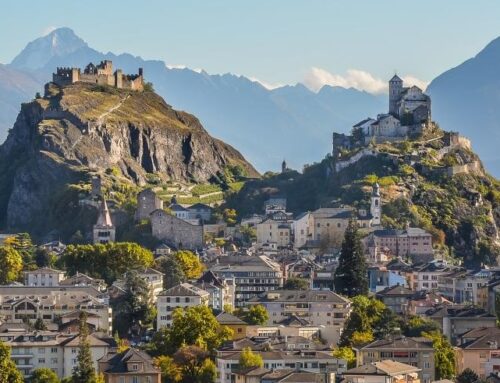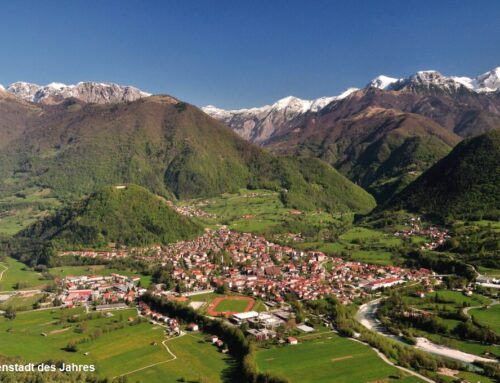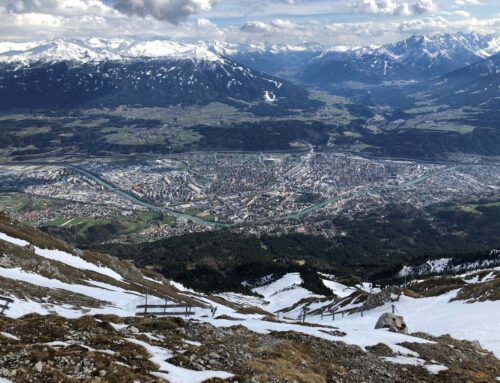Within the framework of the Territorial Agenda 2030, there are nine pilot actions aiming at implementing climate measures in Alpine towns. These pilot actions under the name “Climate action in Alpine towns” will help the participating Alpine towns to adapt to climate change and to mitigate its consequences. One of these nine pilot actions takes place in Sonthofen, Germany.
Already in 2016, Sonthofen’s town council decided to make cycling its guiding theme and to make the Alpine town even more bicycle-friendly. After all, their efforts to get more people using their bikes instead of cars can save a lot of CO2. In 2019, the town of Sonthofen was eventually awarded the title of “Cycling Town”. In addition, Sonthofen has made cycling the theme of its contribution to the “Climate action in Alpine towns” project, to strengthen its commitment to cycling even further. Nevertheless, the whole undertaking is not without its perils. The pedestrian zone as an important connection and meeting place harbours great potential for conflict. Repeatedly, pedestrians complain that cyclists are driving too fast or show too little consideration for pedestrians.
This is where Sonthofen’s pilot action comes in: What can be done to improve the liveability for both pedestrians and cyclists in the pedestrian zone? How can a better cooperation be achieved?
The pilot project “Climate action in Alpine towns” aims to improve the situation in Sonthofen through a variety of measures. Accompanied by ifuplan Munich, an Institute for Environmental Planning and Spatial Development, and together with an engineering company, a conflict analysis of bicycle/pedestrian traffic in the pedestrian zone was carried out by means of video recordings. The conflict analysis revealed that fortunately, no major conflict potentials exist.
However, the complaints of the pedestrians still remained. Therefore, suitable measures were discussed in the “fahrRAD” network (a project group consisting of citizens, administration and politicians) in order to implement the requests of the pedestrians. In particular, it was noted that cyclists still do not respect the speed limit in the pedestrian zone. Therefore, the “fahrRAD” network has agreed on speed displays in the pedestrian zone. This way, cyclists are shown how fast they are going, thereby giving them socio-psychological impulses that they should pay more attention to pedestrians. This measure is intended to make cyclists and pedestrians more considerate of each other, which in turn is intended to promote cycling in the city.
The city of Sonthofen hopes that in the future more people switch from car to bike to reduce CO2 emissions. With its efforts towards a climate-neutral and socially sustainable cycling town, Sonthofen’s pilot action fits very well into the framework of implementing climate measures in Alpine towns. For more insights on what challenges Alpine towns face and how they could look like in the future, you can have a look at the 9th Report on the State of the Alps “Alpine towns”, which will be published in autumn.




